
10 Best Alternatives to Plastic Packaging for High-End Jewelry
2024-11-19
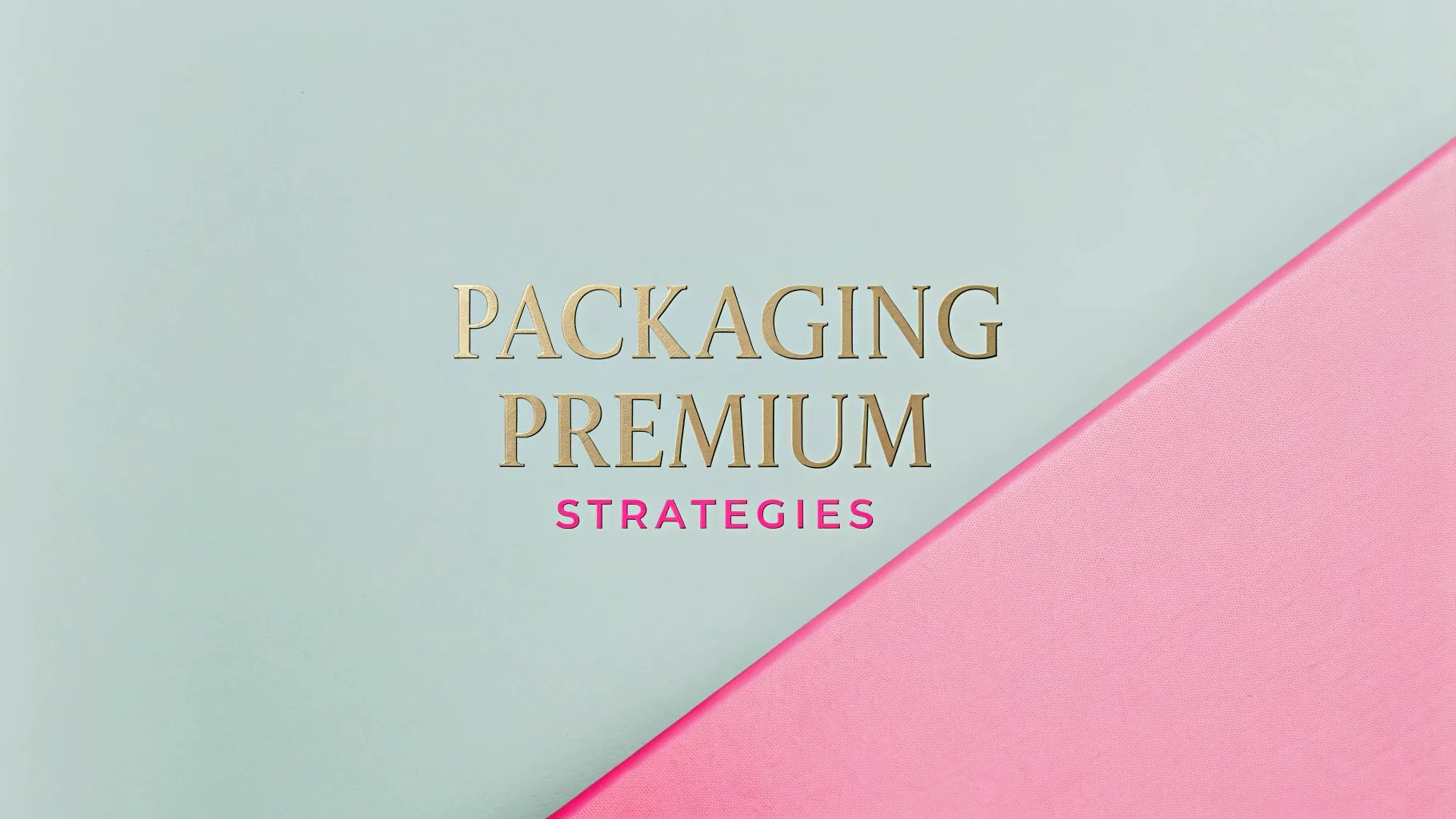
While many brands focus on superficial design elements, the secret to doubling click-through rates lies in understanding what defines a good click-through rate and aligning it with technical optimizations. Richpack’s proprietary embossed gold foil and spectral coating techniques have proven to elevate visual appeal across digital channels, directly impacting engagement metrics. This guide explores proven methods for refining product imagery—including actionable insights for calculating your click-through rate formula—while highlighting common pitfalls to avoid.
Now that we have grasped the significance of meta packaging visuals and click-through rate, it’s time to delve into the detailed steps to achieve our goal. These step-by-step instructions will serve as a roadmap, guiding you through the process of optimizing your product images and overall packaging visuals for better performance on the meta platform.
Before formulating a meta packaging visual strategy, it is of utmost importance to have an in-depth understanding of the target audience. Different age groups, genders, regions, and interests lead to variations in users’ preferences for visual elements. Younger consumers may be more inclined to a fashionable, minimalist, and creative design style, while older consumers might prefer classic and stable visual presentations. Through market research, user data analysis, and other means, gather relevant information about the target audience to provide a basis for subsequent visual design.
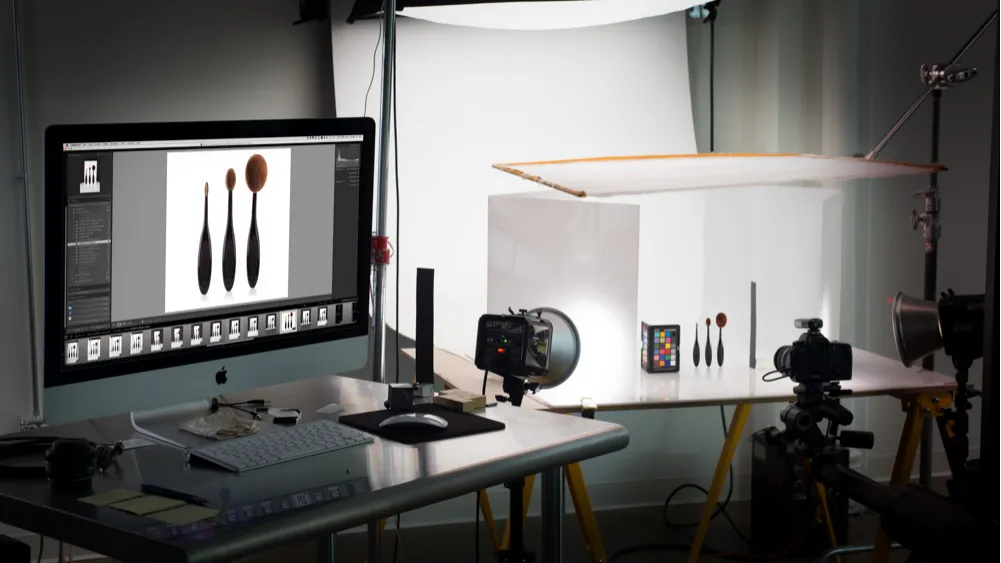
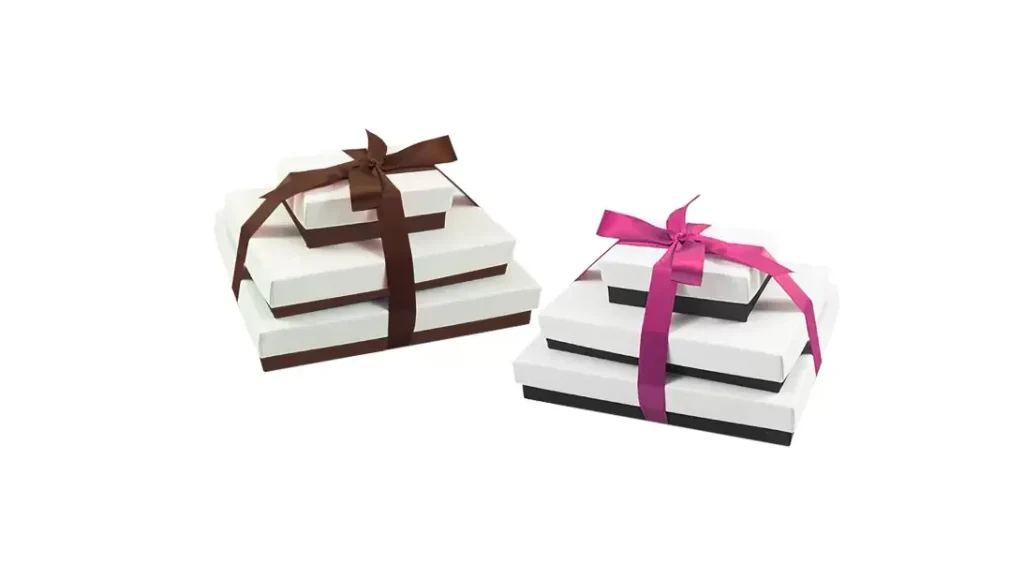
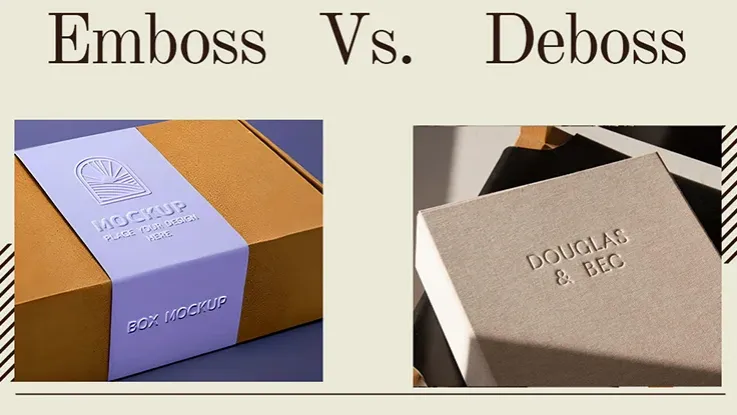
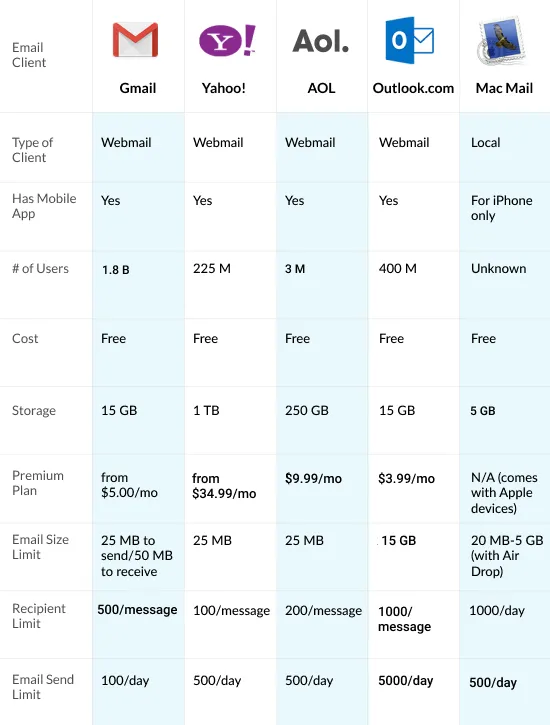
Having gone through the step-by-step process, it’s now beneficial to explore some additional tips and best practices. These will further enhance your efforts in creating impactful meta packaging visuals and maximizing the click-through rate, building on the foundation laid by the previous instructions.
Staying updated on evolving packaging visual trends is critical for maintaining meta platform competitiveness. Brands should monitor emerging design preferences like minimalist aesthetics or environmentally conscious elements. Analyzing competitor campaigns through meta’s Ad Library provides insights into effective visual strategies—for instance, how rivals leverage seasonal themes or motion graphics. Attend industry webinars or follow design publications to identify shifts like the rising demand for dynamic 3D product previews. Adapting to these trends early ensures your packaging visuals align with consumer expectations and leverages psychological triggers like familiarity and novelty. Ignoring trends risks appearing outdated, directly impacting click-through rates as users favor modern visuals.
Consistency in meta packaging visuals reinforces brand identity and builds trust with users. Ensure the meta logo placement adheres to platform guidelines, using standardized color codes like Pantone or HEX values for uniformity. Tiffany & Co.’s iconic robin-blue packaging consistently evokes luxury across meta ads. Align typography with brand guidelines—use one primary font for readability and avoid mismatched decorative typefaces. Extend consistency to post-click experiences: product detail pages should mirror meta ad aesthetics to avoid user disconnect5. Strengthen recognition by repeating signature design elements, such as geometric patterns or branded icons, across campaigns. If you want to know the packaging trends for jewelry packaging brands in 2025, click here to read.
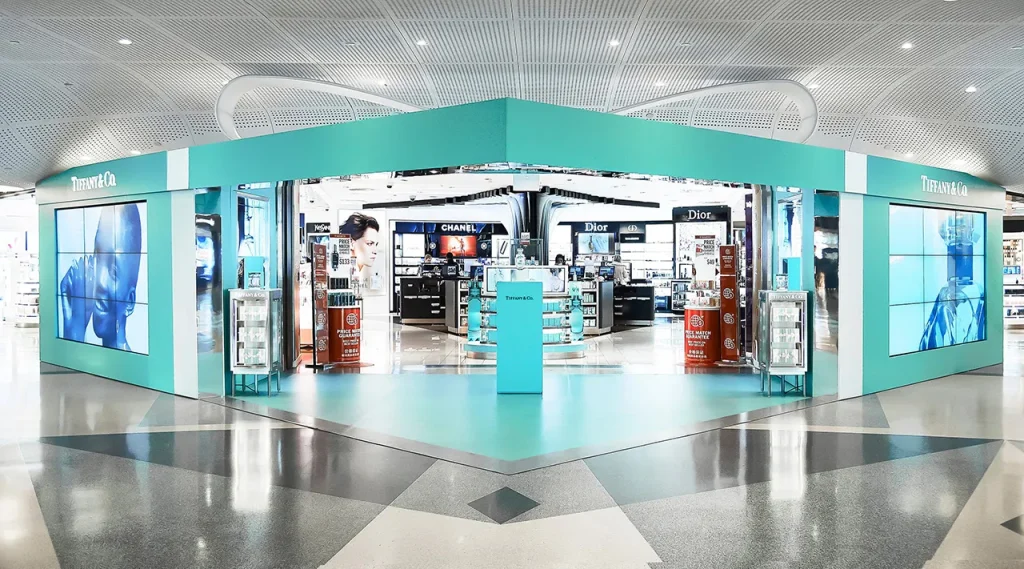
Effective product imagery seamlessly integrates key value propositions. Beyond basic visuals, overlay concise text highlights like “Certified Organic” or “Lifetime Warranty” to address user pain points1. Lifestyle imagery showing products in use contextualizes benefits better than static shots. Include micro-interactions, such as hover effects revealing specs, to enhance engagement on desktop meta ads. For mobile-optimized visuals, place critical information centrally for visibility. Embed QR codes linking to demo videos or reviews, adding layered value without cluttering the image. Highlight urgency through labels like “Limited Edition” to drive immediate clicks.
Mobile-first design principles are non-negotiable: 72% of meta users access the platform via smartphones. Prioritize vertical image ratios (4:5) to maximize screen real estate and ensure text remains legible at smaller resolutions. Simplify layouts for mobile—avoid overlapping elements and use high-contrast color pairings. Compress images to under 100KB to reduce load times, as delays beyond 3 seconds increase bounce rates. Test visuals across devices to identify rendering discrepancies. Implement swipeable carousels to showcase multiple angles compactly.
Drive engagement by embedding interactive elements like polls directly in meta’s ad format. Encourage user-generated content via contests—for instance, “Share your unboxing story for a chance to win” with branded hashtags. Link product images to meta Stories filters or AR try-on tools for immersive experiences. Use responsive chatbots in the comment section to answer queries instantly, fostering trust.
Even with the steps, tips, and best practices in place, it’s important to be aware of potential pitfalls. By avoiding these common mistakes, you can ensure that your efforts in meta packaging visual optimization are not undermined, and you can continue to strive for better click-through rates and marketing success.
Avoid using too many visual elements in product images, which may lead to a cluttered picture. Excessive decorations, text, or patterns will distract users’ attention, making it difficult for them to quickly grasp the key information of the products. Maintain a simple and clear design style and highlight the core features of the products.
Improper color combinations can affect the visual effect of product images and may even convey the wrong brand message. Avoid using overly dazzling or low-contrast color combinations and ensure that the colors are coordinated with each other, in line with the brand image and the aesthetic preferences of the target audience.
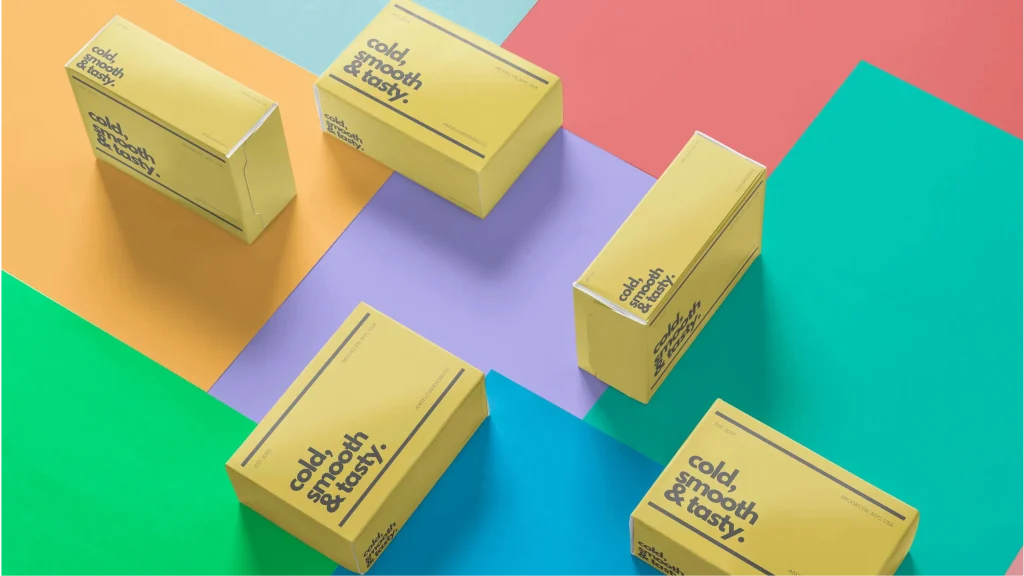
If the size, position, or style of the meta logo does not match the product image, it will weaken brand recognition. A too-large logo may block product information, while a too-small one may not be noticed by users. Choose an appropriate way to display the logo so that it can highlight the brand without affecting the product display effect.
Focusing only on aesthetics while neglecting the user experience is a common mistake in product image design. For example, problems such as slow image loading speed, difficult-to-read text, and non-working links will all lead to user loss. Always center on the user and optimize all aspects of product images to improve the user’s browsing and clicking experience.
Using product images without sufficient testing and optimization may result in an unsatisfactory click-through rate. Different user groups may have different reactions to visual elements. Therefore, it is necessary to continuously adjust and optimize the design of product images through A/B testing and other means to achieve the best marketing effect.
To recap, understanding the target audience is the foundation for formulating an effective meta packaging visual strategy. Optimizing product imagery, using the meta logo reasonably, creating a coordinated overall visual effect, and conducting color-rendering optimization for different digital media are all key steps to enhance the click-through rate of product images.
It is encouraged to apply these instructions and strategies to actual meta marketing activities. Through continuous practice, testing, and optimization, businesses can make better use of the meta packaging visual principles, improve the click-through rate of product images, attract more potential customers, and gain an edge in the highly competitive market. Whether it is a large-scale enterprise or a small startup, all can benefit from these strategies to achieve business growth and brand enhancement. If you want to know more or get in touch, contact us.
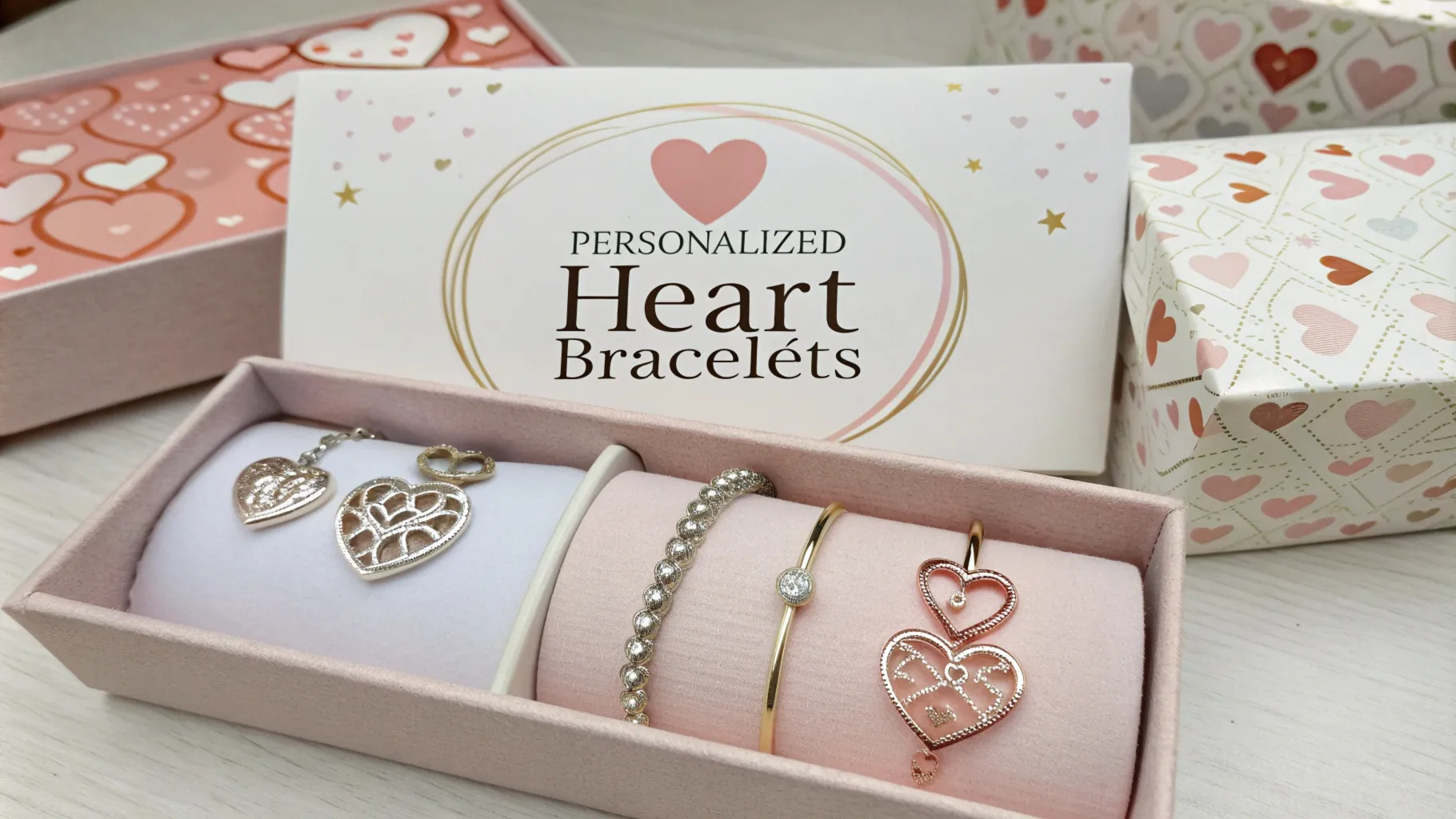
Richpack · Custom for Love Shop Personalized Heart Bracelets with Exclusive Packaging for a Special Gift Hey there! Let’s talk about something special: gifts that come straight from the heart. You know, those presents that say, “I put thought into this because you mean a lot to me.” What better way to express those deep… Continue reading Meta Packaging Visual Strategies: Boost Product Imagery CTR by 2.6x

For a jewelry brand owner or designer, selecting between custom jewelry packaging and off-the-shelf solutions is more than just a packaging decision. It is about choosing what impression you want to leave for your customers. This decision is not merely about aesthetics or cost but about crafting a narrative that aligns with your brand’s core… Continue reading Meta Packaging Visual Strategies: Boost Product Imagery CTR by 2.6x
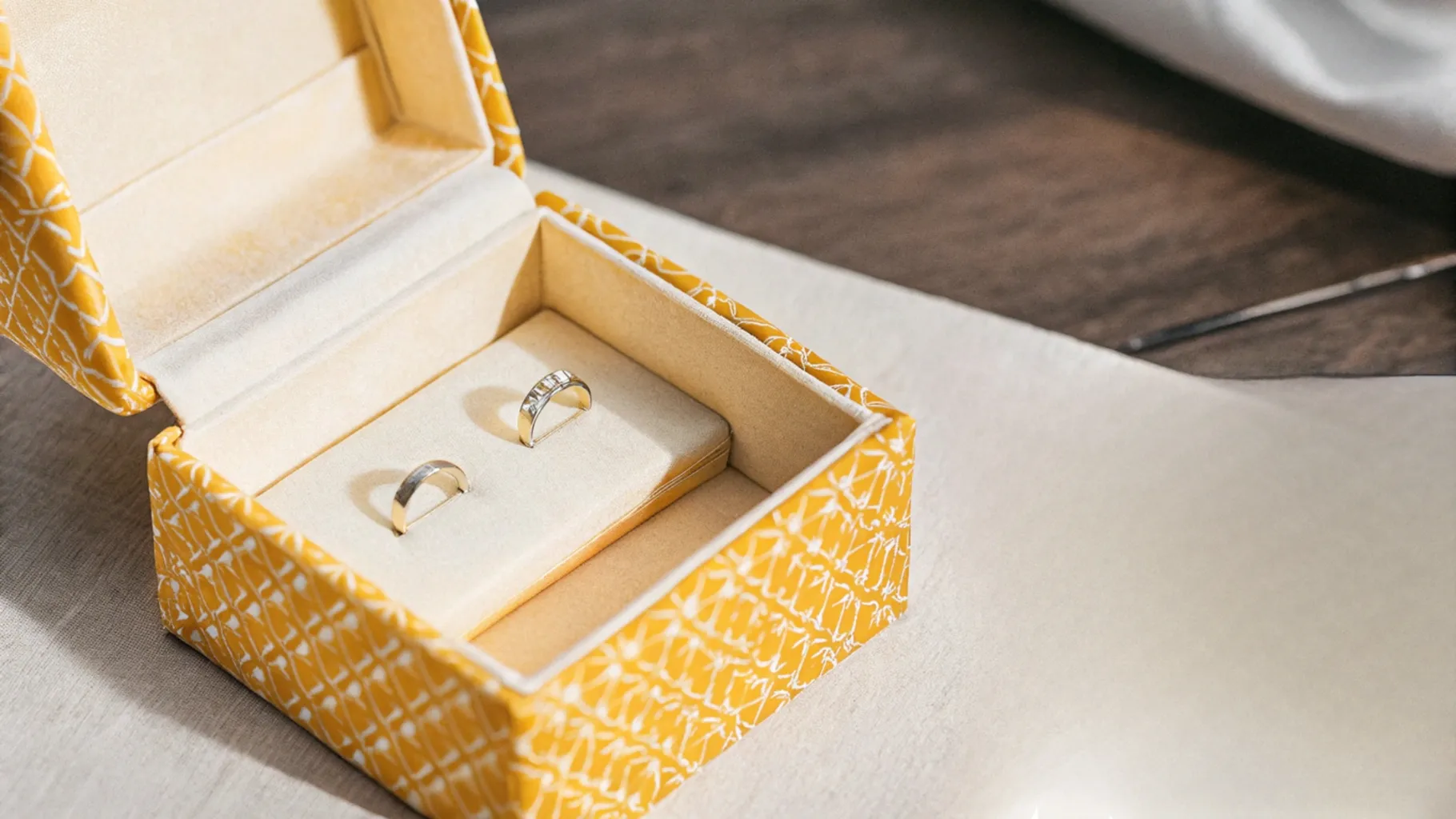
Richpack · Fabric Keepsake Boxes: A Step-by-Step Guide to Storage Solutions We’re about to unleash a world of vibrant, personalized storage with fabric Keepsake fabric keepsake boxes! The global gift fabric keepsake boxes market was estimated at $38.93 billion in 2033, with a projected compound annual growth rate (CAGR) of 6.98% from 2023 to 2030. This growth is driven by… Continue reading Meta Packaging Visual Strategies: Boost Product Imagery CTR by 2.6x
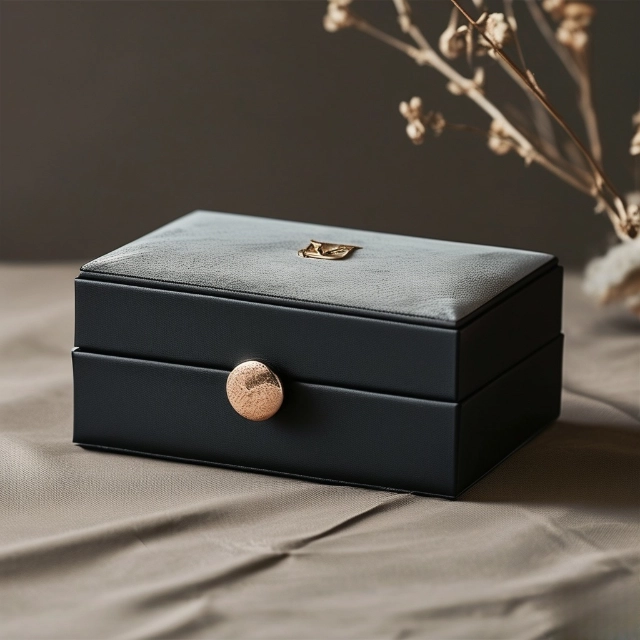
Custom Wolf Jewelry Boxes by Richpack | Luxury Packaging for High-End Jewelry Brands
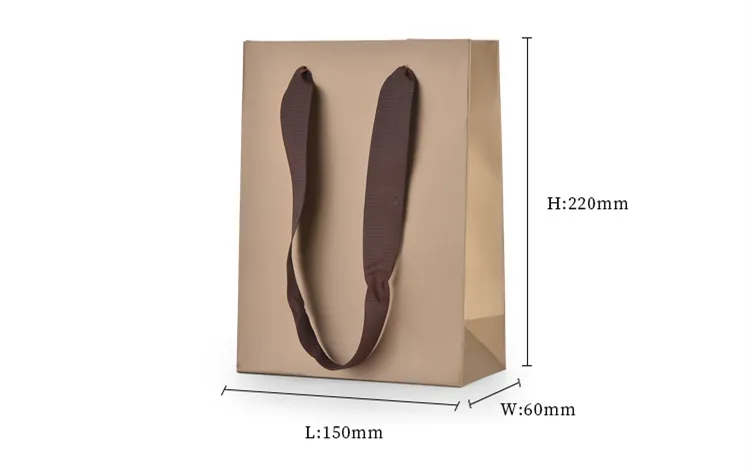
Elegant and Luxurious Decorative Paper Bags with Foil Stamping | Premium Gift Packaging for High-End Jewelry Boutiques and Exclusive Events

High-Quality and Innovative Reusable Jewelry Packaging Sets with Eco-Friendly Designs | Sustainable and Customizable Packaging Solutions
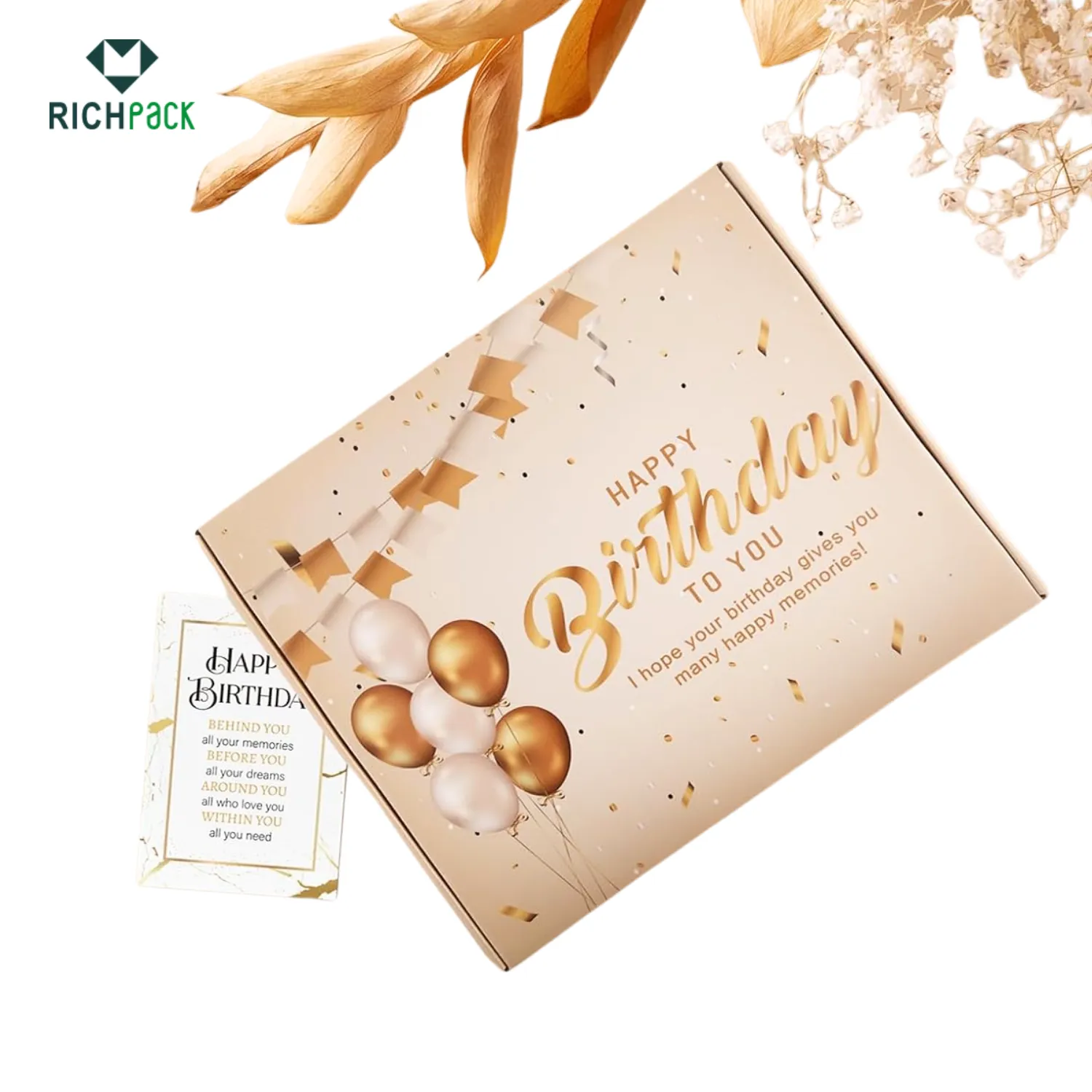
Birthday Gift Packaging – Artful Wraps, Making Gifts Visual Treats on Birthdays
View More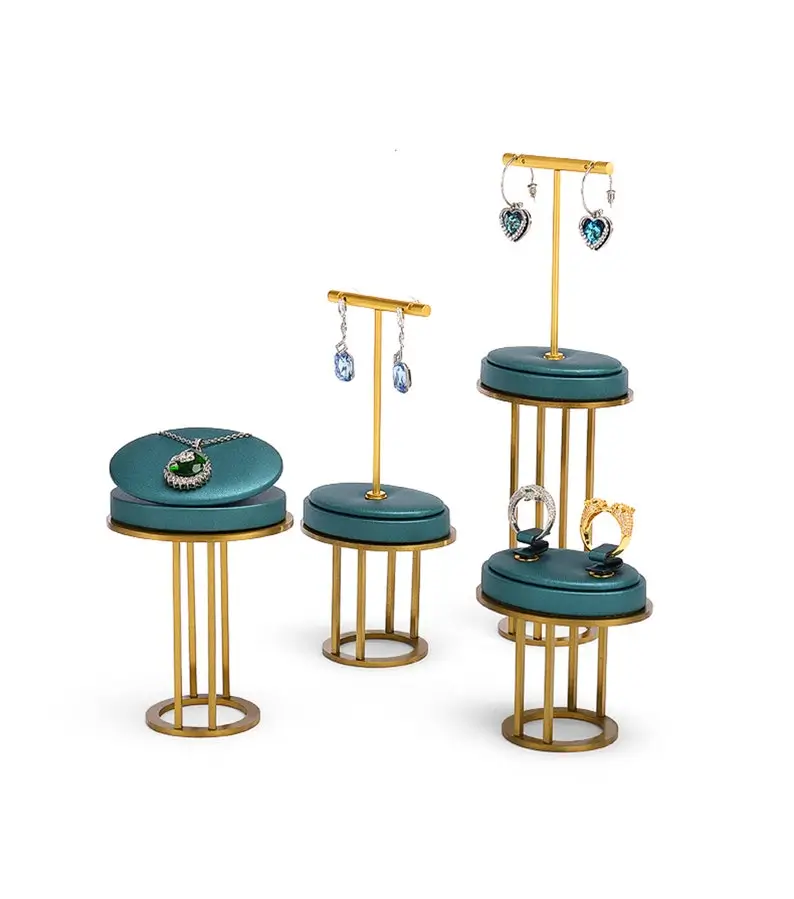
Custom Retail Jewelry Displays for Stunning Visual Merchandising – High-Quality Jewelry Display Stands for Retail and Retail Store Jewelry Displays
View More
Box Lunch Gifts for Surprising Gift Occasions – Customizable and Easy-to-Use Gift Cards by Richpack for Seamless Ordering and Delivery
View MoreJust submit your email to get exclusive offers (reply within 12 hours)